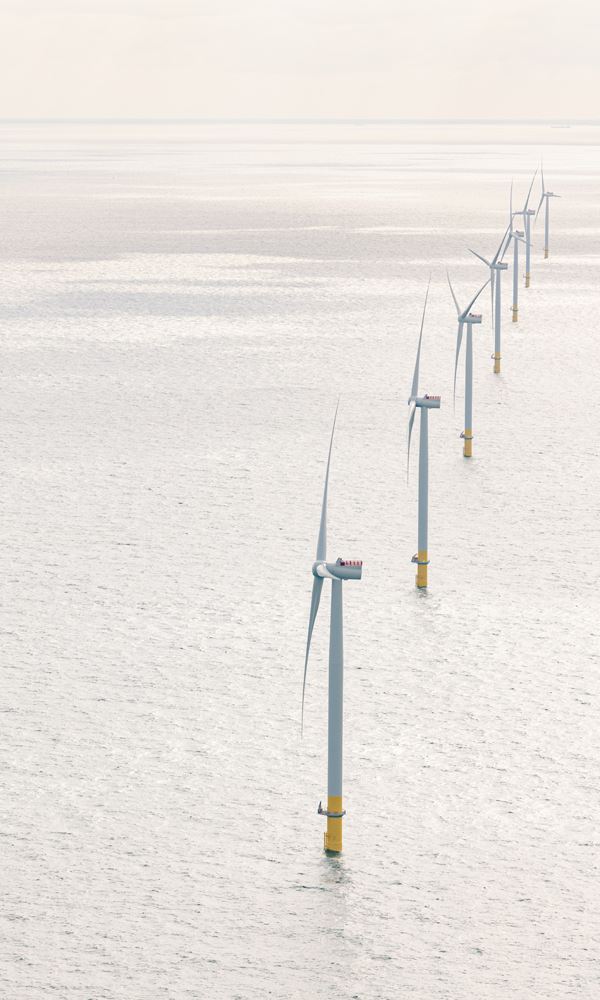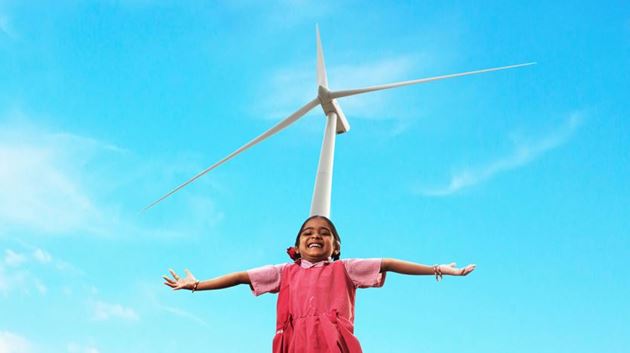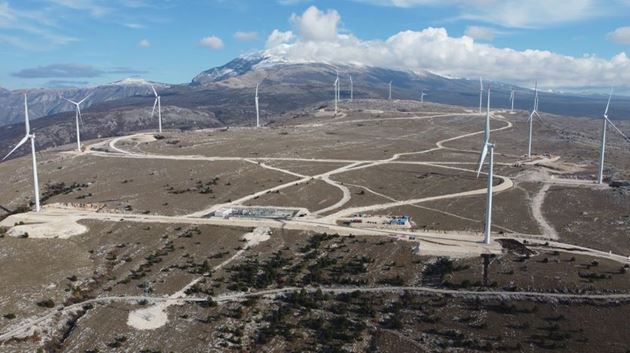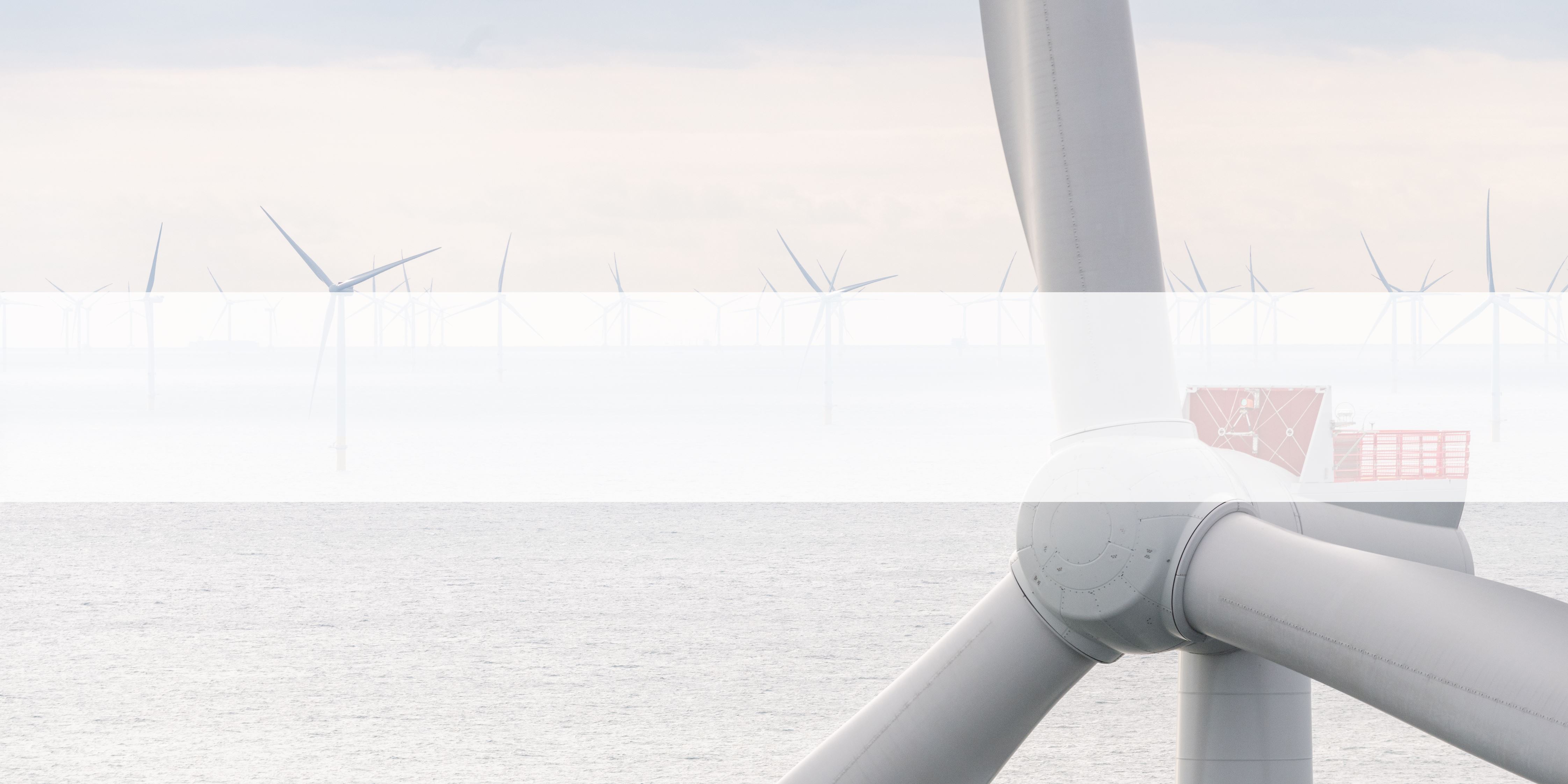
The momentum of offshore wind in Europe
Madrid / 9 February 2021
Offshore wind continues to gain ground in Europe with a strong pace of installations. The sector has shown its great resilience, and despite the Covid-19 pandemic, a total of 2.9 GW offshore has been installed during 2020 according to the latest Annual Report of the European wind association WindEurope. This new figure boosts the total installed capacity to 25 GW, which means 5,402 offshore wind turbines connected to the grid in 12 countries.
While 2,918 MW has been installed on the continent in 2020, the Netherlands is the country that has invested most in this type of renewable energy with 1,493 MW, followed by Belgium which has increased its capacity by 706 MW. The United Kingdom has increased its capacity by 483 MW, Germany has installed 219 MW more and Portugal 17 MW.
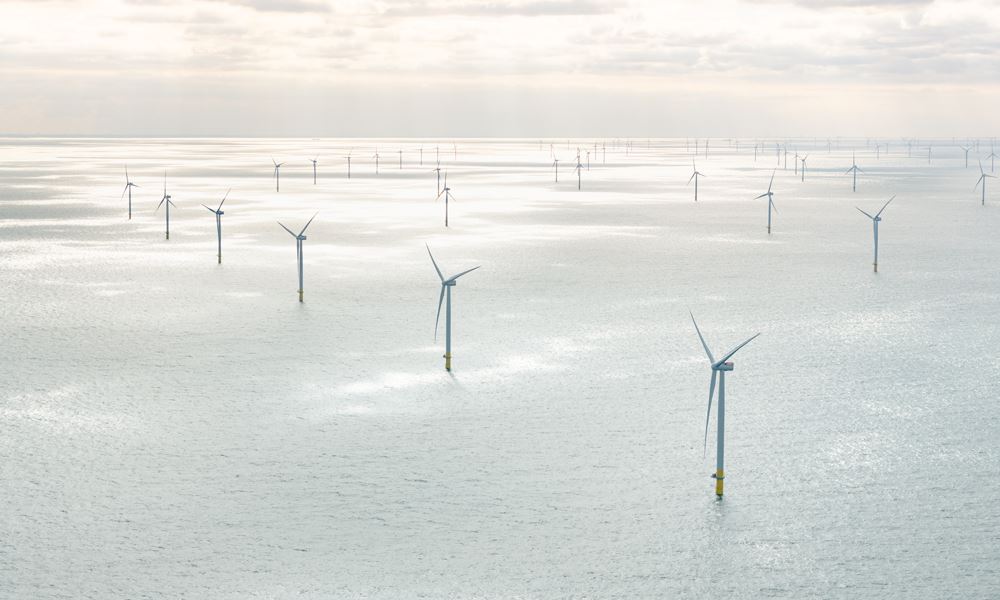
The report also mentions that in Europe, investment in offshore wind energy has increased significantly in the last year, reaching a record figure of 26.3 billion Euros, which will finance 7.1 GW of new offshore wind energy in eight new projects, geographically distributed in four countries: France, the Netherlands, the United Kingdom and Germany.
In addition, according to this report, floating projects will also stand out in the next decade. The most ambitious countries in this area are France, Norway and the United Kingdom.
The average water depth of offshore wind farms under construction in 2020 was 36 m and average distance to shore of offshore wind farms under construction in 2020 was 45 km. The average size of European offshore farms is 788 MW and the average size of turbines installed last year was more than 8 MW. In this regard, the new 14 MW turbine announced by Siemens Gamesa in 2020 will enable the capacity of these farms to be increased, making them more competitive.
In the last 10 years the UK has invested 59 billion euros in offshore wind energy and Germany 28 billion euros over the same period.
Offshore wind is the European Union's great ally in achieving the goal of being climate neutral by 2050. In June 2021, the European Commission is expected to present a higher target than the current 32% renewable energy target for 2030.
The UK pledged to building 40 GW of offshore wind by 2030 and Denmark has identified areas up to 12.4 GW of offshore capacity to be auctioned in the coming decade. There were crucial pieces of legislation tabled or adopted in Poland, Lithuania, Ireland, and Spain. And Governments from Greece, Turkey and Romania are in the process of drawing up their frameworks for developing offshore wind.
Government offshore wind commitments across Europe add up to 111 GW of offshore wind by 2030. Offshore wind technology will continue to evolve to achieve the targets set by the European Union in its European Green Deal.
